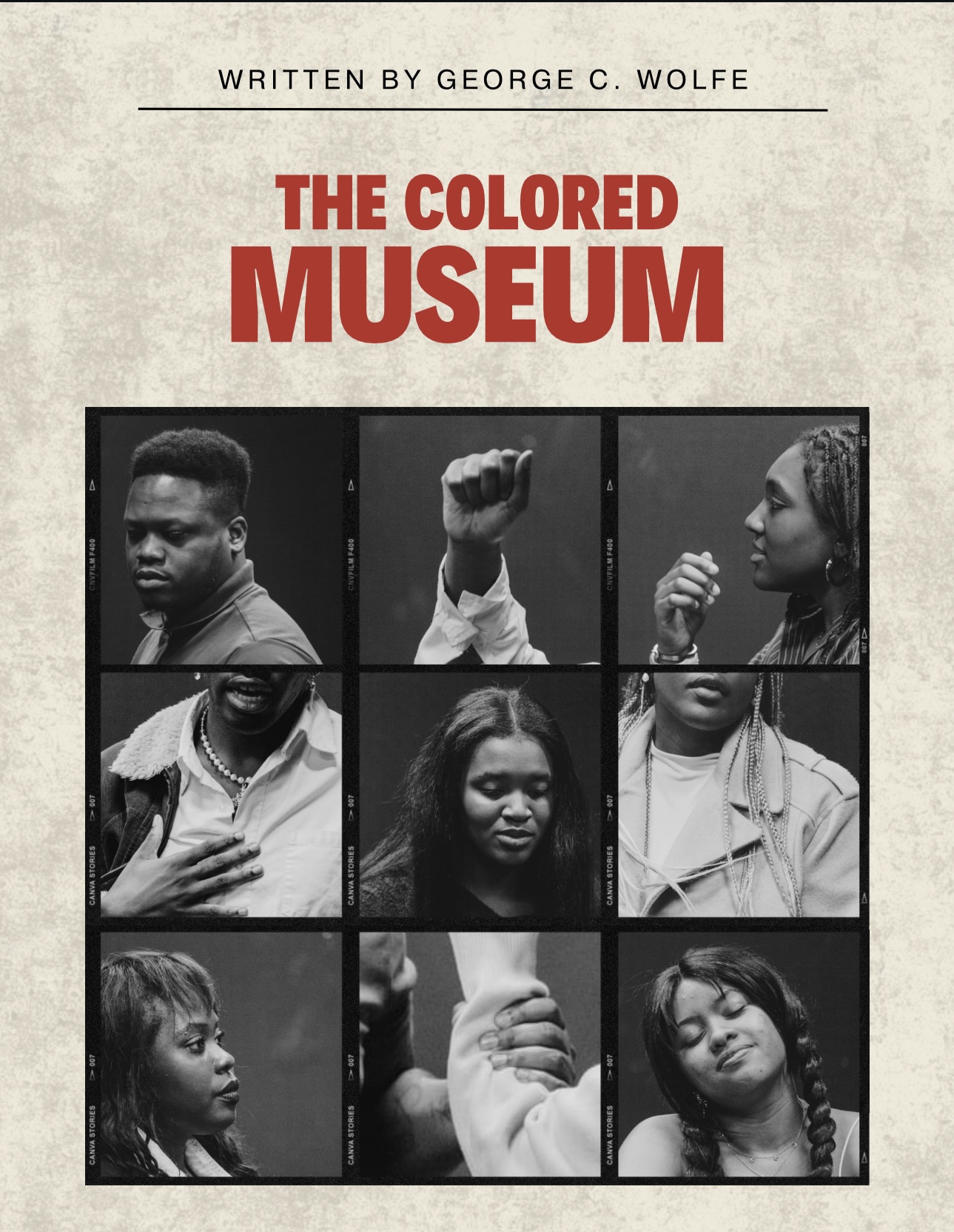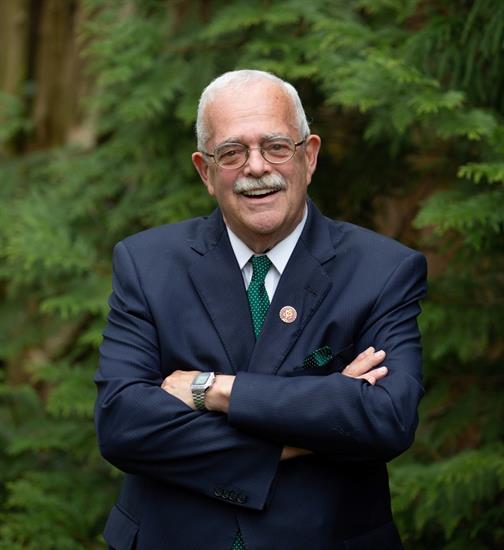What impact will the Commission’s report have on equity in Prince William County?
The Prince William County Racial and Social Justice Commission presented its first official report to the Board of County Supervisors on Tuesday.
“Based on the data collected and presented, the County’s current composition in policing, county government, and the educational system continues to be dominated by white professionals. Additionally, people of color are impacted disproportionately in policing, education, and government services, as mentioned throughout the report,” read part of the commission’s executive summary.
Prince William County is the 10th most diverse county in the United States, according to the U.S. Census Bureau. A majority-minority county, Prince William is 38.38% white, 19.69% Black, 10.34% Asian, 5.44% multi-racial, and 25.20%. Other races and ethnicities make up less than 1% of the county’s population.
The Racial and Social Justice Commission’s report indicates that police officers in Prince William County disproportionately use force against Black members of the Community. “Black/African Americans accounted for 49% of the department’s use-of-force incidents in 2020, compared to 23% for White and Hispanic/Latino residents.”
Additionally, the commission found that Prince William County has the highest rate of juvenile referral to the criminal justice system of any county in Virginia. Rebranding the juvenile detention center as a “shelter” doesn’t change the fact that an estimated $43.6 million dollars are going into locking up more youth instead of allocating those funds into more appropriate rehabilitation programs. This shows that the priority is fueling the prison pipeline, with the knowledge that it impacts Black and brown children more than anyone based on the report’s numbers.
When it comes to education, there is some level of growth in the relationship between school resource officers and some of the students at public schools. Reports of student discipline have reduced with a greater emphasis on administration being more supportive of their social and emotional welfare, which is demonstrative of less stringent rules and regulations. According to the report, “Additional efforts by the school district, such as strengthening capacity to provide trauma-informed professional development to staff, sponsoring student groups like No Place for Hate and truancy diversion programs, are also best practices that should be studied further for impact and expanded upon.”
The percentage of Black/African American students with exclusionary discipline went down two points while each of the other identified ethnic groups saw a one percent decline between 2017 and 2019. The numbers for 2019-2020 were reduced as well, but due to a shortened academic year, they do not represent the same breadth of time as the other years and are undoubtedly impacted by this fact.
However, there are still significant gaps when it comes to hiring non-white personnel. According to the report, despite making up 72 percent of the student population in 2021, non-White individuals only make up 26 percent of the instructional staff and 31 percent of the administrative staff.
There is also an underrepresentation of non-Asian students of color in the gifted program at the elementary, middle, and high school levels, with the rate of Black/African American and
Hispanic/Latino students being almost half of the Asian and White students. This leads to a higher amount of dropouts of minority students. Studies have shown students of color are more likely to remain in school if the school’s staff is more representative of the student body. It’s an issue that the Prince William County school system must address.
The fact is that equity has become little more than a buzzword to most leaders in the county. Despite constant promises of improvement, our county government has proven its negligence in addressing the real issues. The Racial and Social Justice Commission’s report should serve as the first step in making the county more fair for its underserved communities.
Although the report was officially accepted along party-line votes, how its recommendations will be implemented is going to be closely watched.



